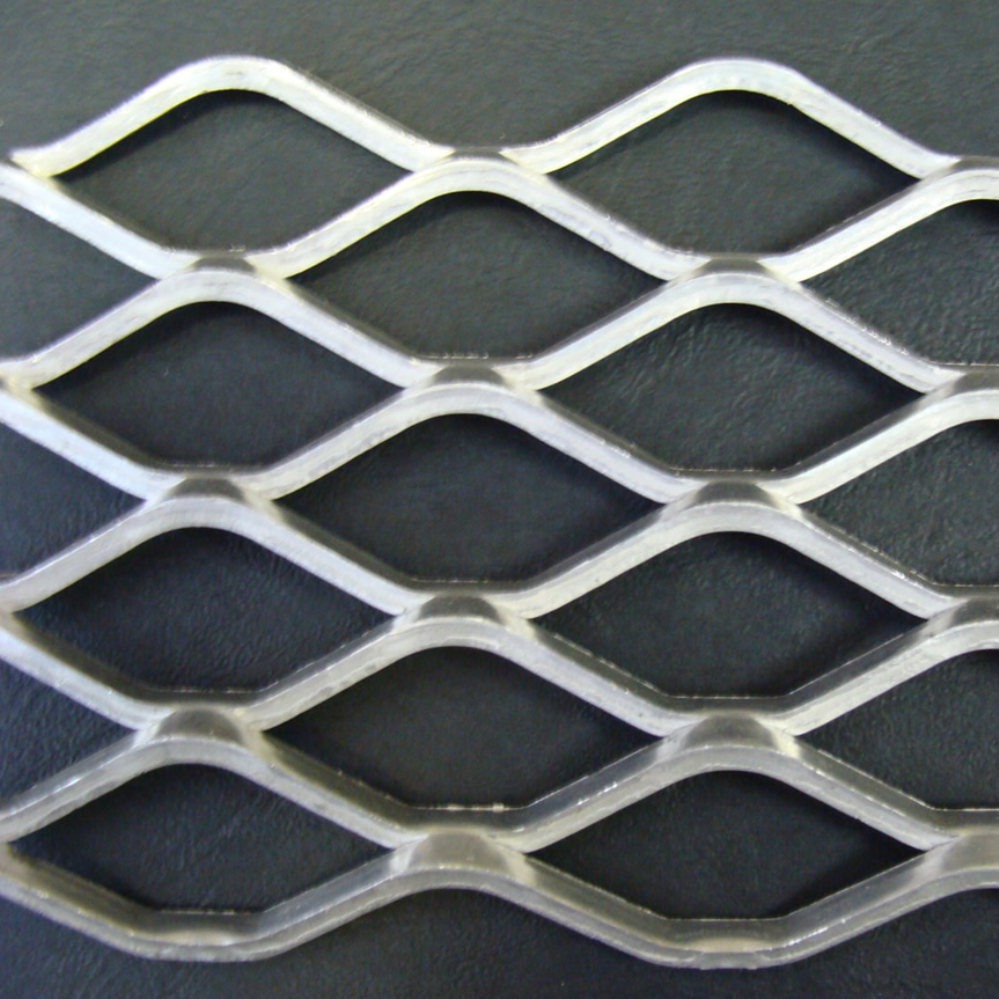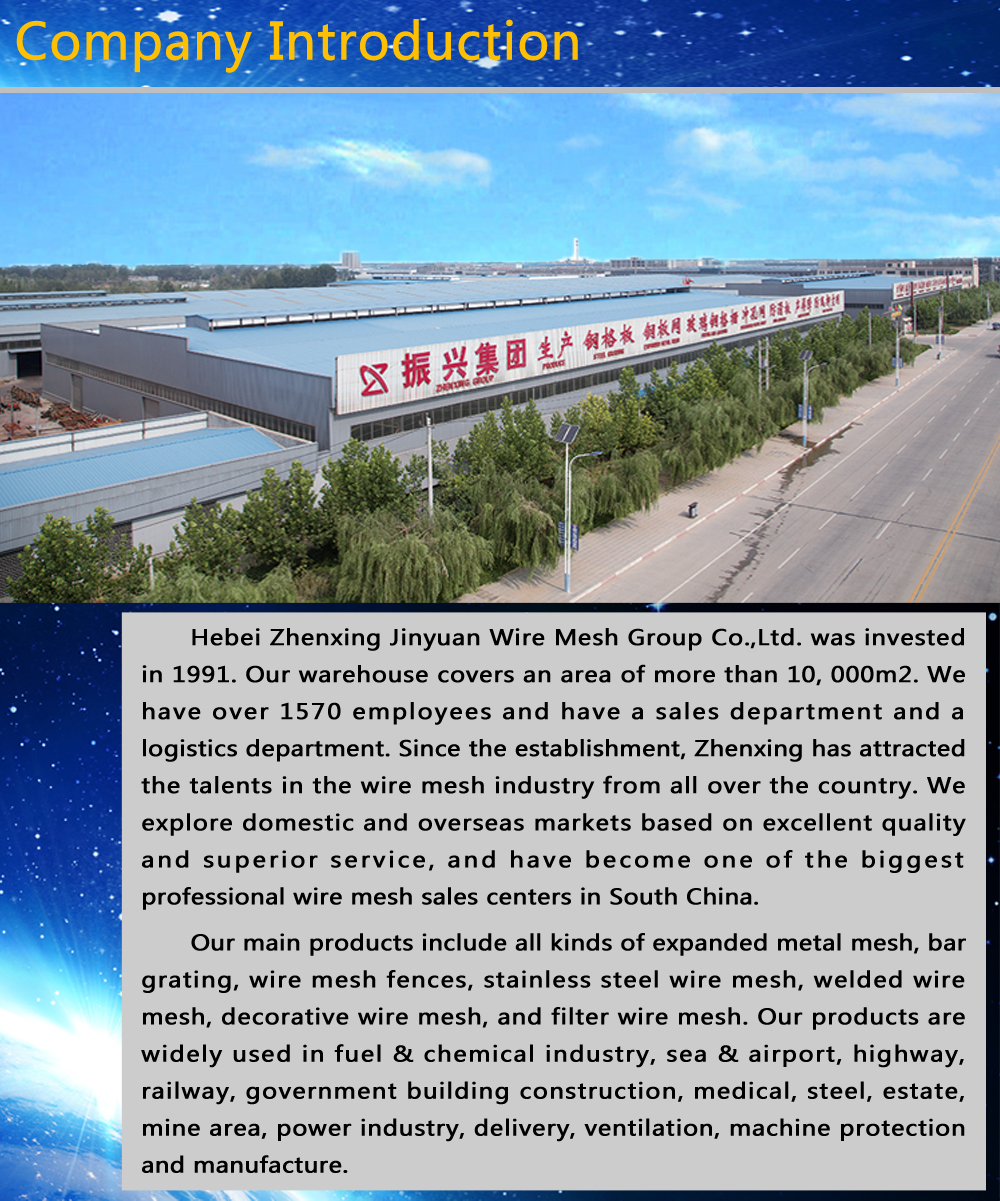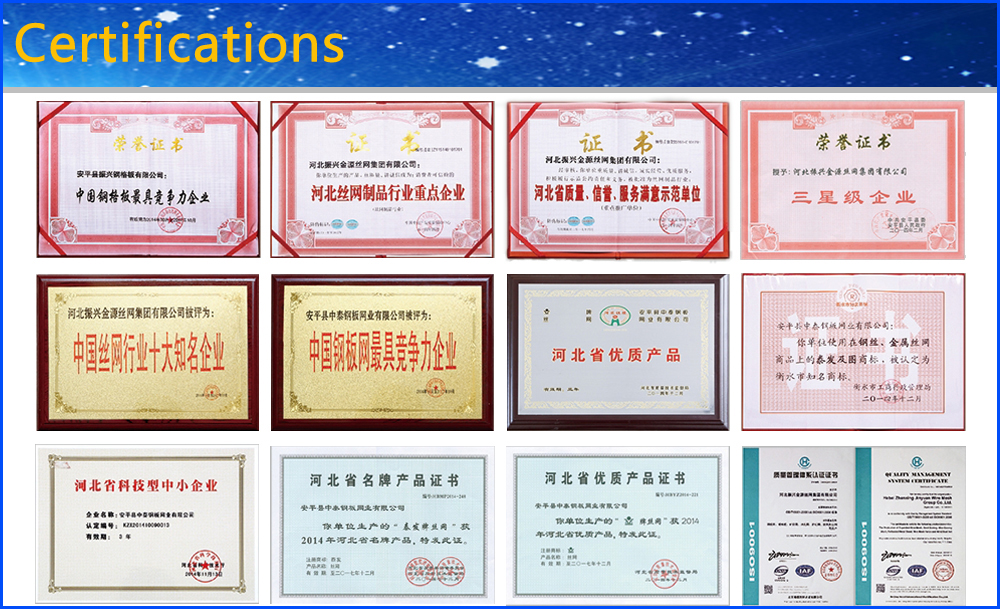Consumers should first pay attention to brands, raw materials (such as fiber components), environmental factors (such as dyes) when purchasing home textiles, rather than price and style. Manufacturers should also indicate the correct method of use and washing method when indicating raw materials and dyes. The most commonly used raw materials for household textiles are cotton, hemp, other natural fibers, polyester-cotton fibers and other synthetic fibers.
â—Quality home textiles will not fade even after repeated washing and long-term exposure to sunlight.
â— Some dyes in textiles can cause cancer. Therefore, light-white products should be used for covered bedding, and other household textiles should be difficult to fade.
â— Children's products such as children's bedspreads, blankets, bedding, etc. in household textiles, the most suitable materials are cotton and plain.
â— The most suitable function for using textiles is: bedding should have antibacterial function, sofa cloth should have antifouling function, and curtains should be able to prevent flame retardant functions of textiles in public places such as UV hotels.
â— Too high formaldehyde content in textiles will stimulate human mucosal tissue. Therefore, attention should be paid to the formaldehyde content when using non-ironing products. Green textiles are not green-colored textiles, but ecological textiles, that is, textiles that are harmless or harmless to the surrounding environment and that make rational use of raw materials that are harmless to human health. However, natural fiber fabrics are not necessarily green textiles.
â—Linen home textiles have the characteristics of moisture absorption and heat dissipation, and are most comfortable to use or cover in summer. Hollow fiber is favored for its excellent properties such as light voids, light weight, good heat retention, high elasticity and strong resilience. Its quality and price are based on the voids in the fiber, such as “nine holesâ€. It is “higher than the “three holesâ€. The price is the decisive factor for consumers when purchasing.
â—It is easy to breed aphids on towels, sheets, quilt covers and pillowcases. Aphids not only produce rosacea but also asthma.
Stainless Expanded Metal Mesh is made of stainless steel plate and is a kind of steel mesh product. It has uniform mesh, flat mesh surface, high friction coefficient, high strength, and is also suitable for cutting and processing.
Raw Material: 304 stainless steel plate, 316 stainless steel plate
Hole Shape: diamond, square hole, scale hole
Specifications: customized according to customer requirements
Applications: Stainless Steel Mesh is mainly used for high-end residential areas, garden villas, private swimming pools, courtyard lawns, urban landscapes, municipal transportation, sports venues, airport terminals, government schools, military facilities, prison farms, industrial parks, tourist resorts, logistics distribution centers, enterprises and other fields.



Stainless Expanded Metal Mesh
Stainless Steel Mesh Sheet,Stainless Expanded Metal Mesh,Stainless Steel Mesh,Stainless Steel Wire Mesh
Hebei Zhenxing Jinyuan Wire Mesh Group Co.,Ltd , http://www.zxsteelgrating.com